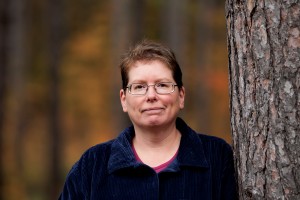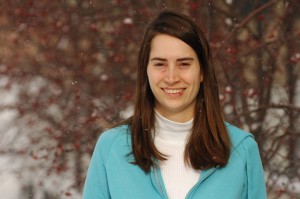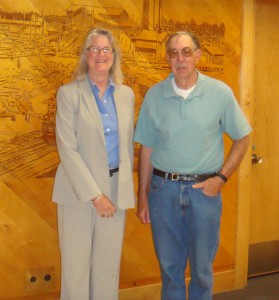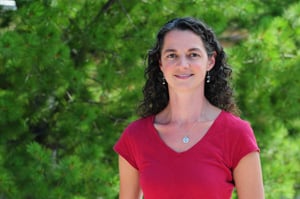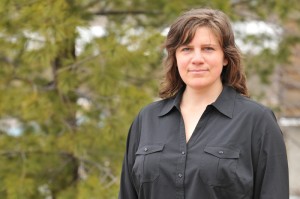
| Assistant Professor Audrey Mayer, who holds a joint appointment in the School of Forest Resources and Environmental Science and the Department of Social Sciences, was quoted in a news story in the biweekly magazine Science News, commenting on two papers in the journal Science that examined the factors that influence the shift from forests to grasslands. Science published a Perspectives column by Mayer about the research in the same issue of Science. See Trees. |
